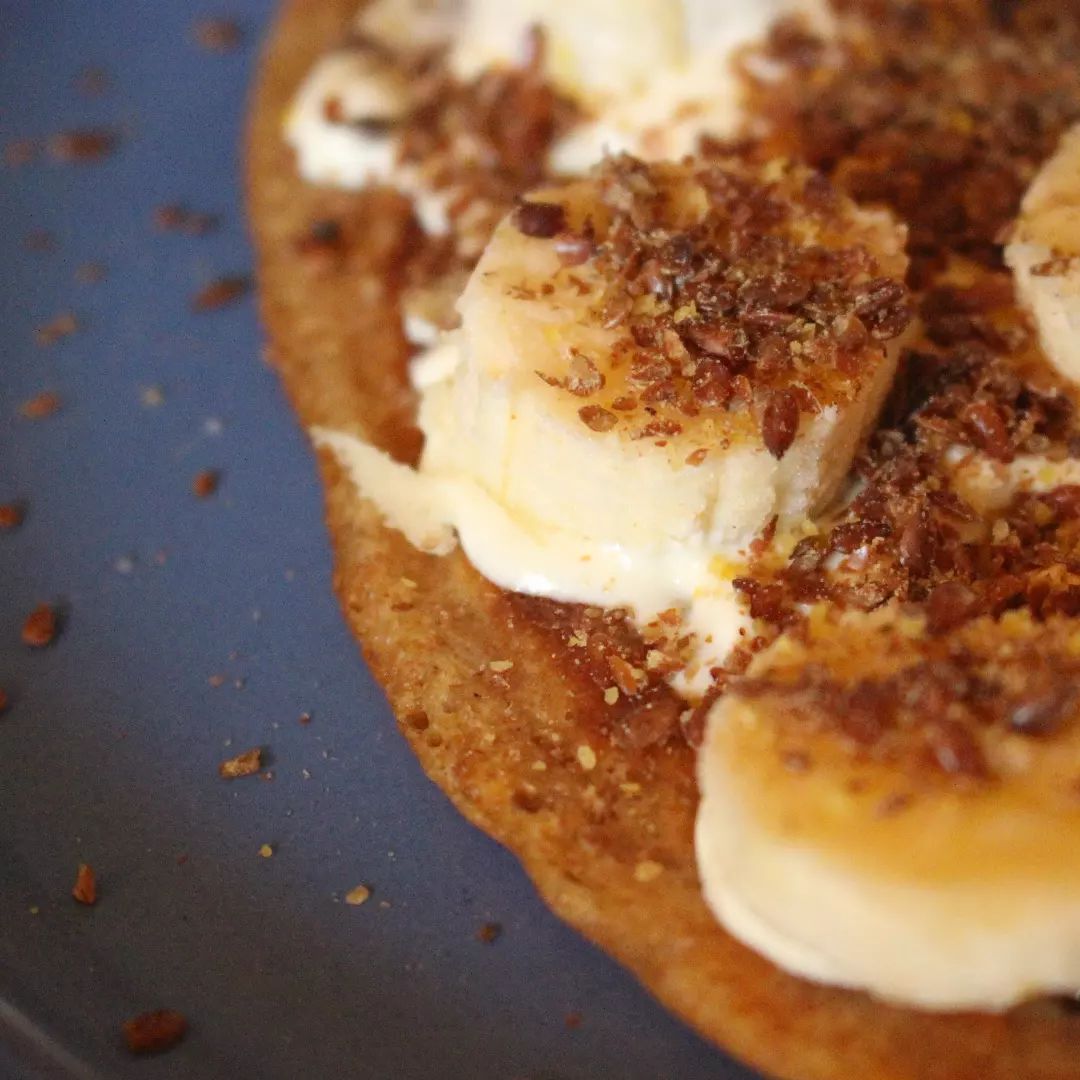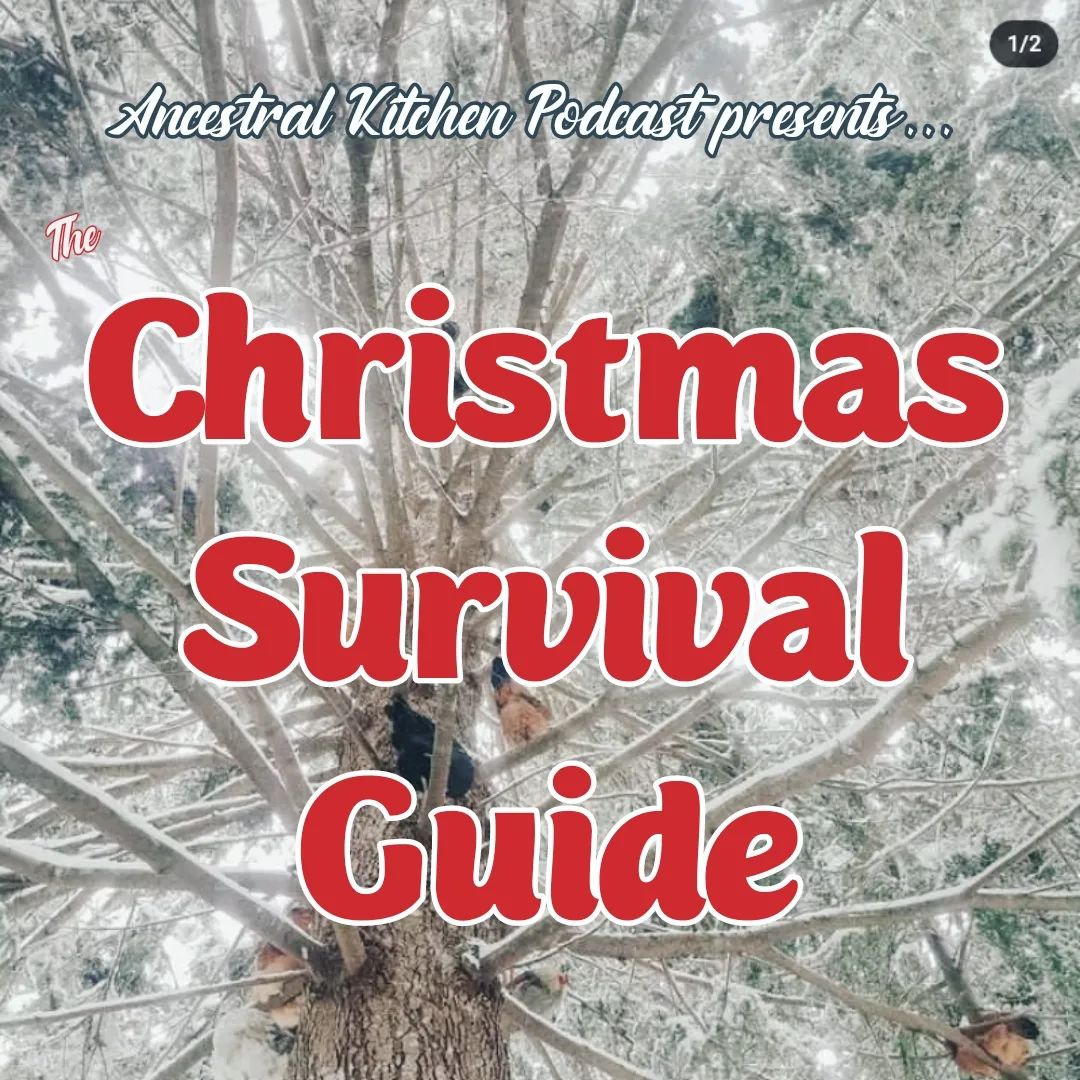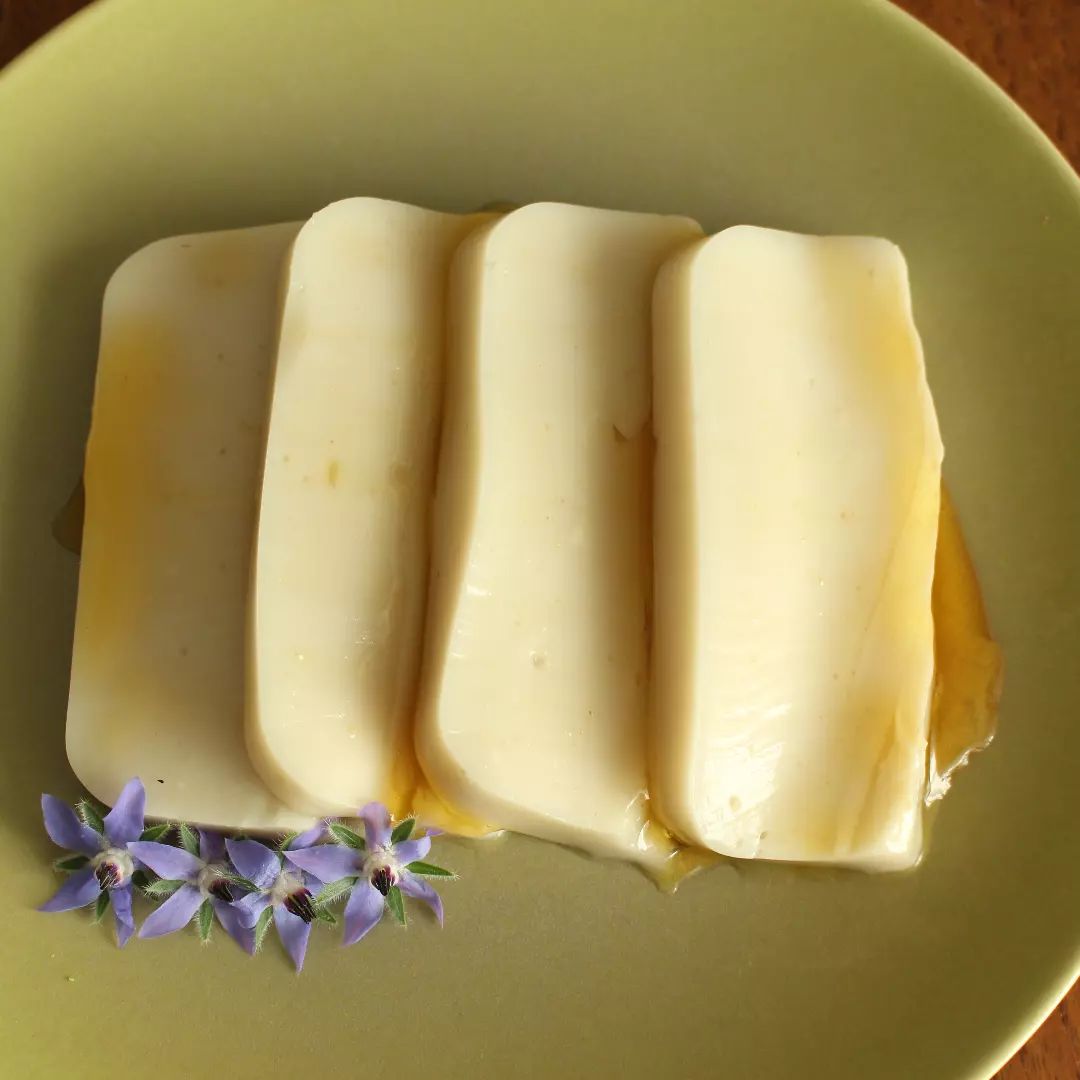Breakfast is usually such a functional meal that making a real effort and taking time to eat it at leisure can feel so much more of a treat than a special lunch or dinner. . This was a festive breakfast is our home: Spelt and millet pancakes (naturally leavened overnight with some the help of a big spoonful the Turkish drink Boza that I make) studded with the last of our mead-fermented chestnuts, topped with creme fraiche, sliced banana and ground linseed. . Gabriel was delighted with the bananas, I can’t remember the last time we bought them; he’d almost given up asking :-) . More pictures in my story today. Check my highlight ‘fermented chestnuts’ for details on this treat.

Breakfast is usually such a functional meal that making a real effort and taking time to eat it at leisure can feel so much more of a treat than a special lunch or dinner.
.
This was a festive breakfast is our home: Spelt and millet pancakes (naturally leavened overnight with some the help of a big spoonful the Turkish drink Boza that I make) studded with the last of our mead-fermented chestnuts, topped with creme fraiche, sliced banana and ground linseed.
.
Gabriel was delighted with the bananas, I can’t remember the last time we bought them; he’d almost given up asking 🙂
.
More pictures in my story today. Check my highlight ‘fermented chestnuts’ for details on this treat.






